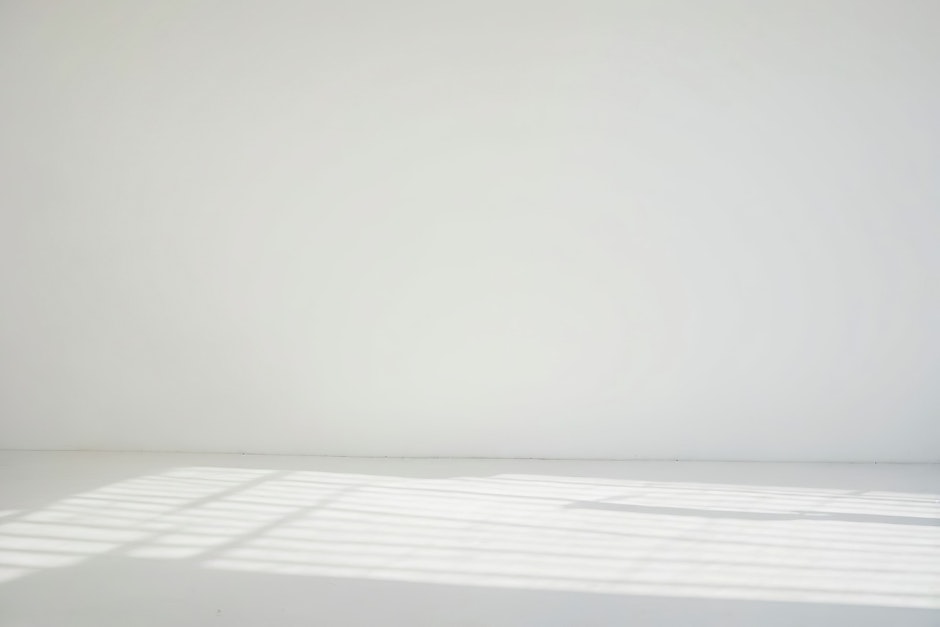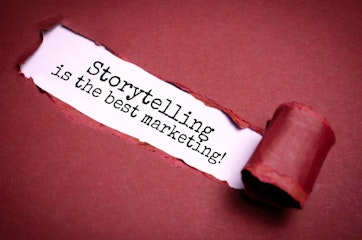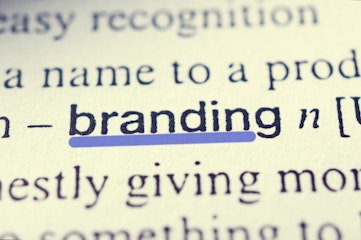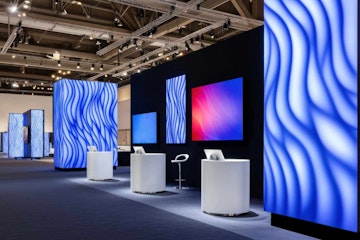Visual hierarchy might sound like academic jargon, but it's actually the invisible force steering every design decision that works - or doesn't. When someone glances at your marketing material, their eyes don't wander randomly. They follow a predictable path, guided by size, colour, contrast, and positioning. Master these principles, and you control that journey.
The difference between a campaign that converts and one that gets ignored often comes down to how well you've orchestrated this visual flow. Not only does poor hierarchy confuse your audience, but it wastes every dollar you've spent getting their attention in the first place.
Size Creates Instant Priority
Bigger elements grab attention first - that's not revolutionary insight, but the execution matters more than most marketers realise. Your headline should dominate, yes, but the relationship between your primary message and supporting elements needs careful calibration.
Consider how a 48-point headline competes with a 36-point subhead. The difference feels subtle, but it's often the gap between clear communication and visual chaos. Size ratios matter more than absolute measurements. A massive headline paired with tiny body text creates an uncomfortable void that readers struggle to bridge.
Scale also works in reverse. Sometimes the smallest element in your design carries the most weight - think of a tiny "Limited Time" badge positioned strategically near your call-to-action. Context determines impact.
Contrast Demands Attention
High contrast draws the eye faster than any other visual technique. Not only does stark contrast create focal points, but it establishes the rhythm your audience follows through your content.
colour contrast gets most of the attention, but luminance contrast - the difference between light and dark values - often proves more powerful. A bright yellow button on a dark background screams for clicks, regardless of surrounding colours. Meanwhile, a red button on a similarly saturated background might disappear entirely.
Typography offers another contrast playground. Pairing a bold, geometric headline font with a classic serif body text creates tension that keeps readers engaged. The key lies in intention - contrast should guide, not overwhelm.
Alignment Builds Trust
Messy alignment signals amateur work faster than any other design flaw. Professional marketing materials follow invisible grids that create order and predictability. Your audience might not consciously notice perfect alignment, but they certainly feel its absence.
Left-aligned text feels natural for most Western readers, but centered alignment can work for headlines and callouts when used sparingly. Justified text looks polished in print but often creates awkward spacing issues in digital formats. The choice depends on your medium and message.
Consider how alignment affects balancing text and graphics in marketing design - every element should feel intentionally placed, not accidentally dropped onto the page.
Colour Psychology Guides Emotion
Different colours trigger different responses, but context matters more than universal colour meanings. Red might signal urgency in one culture and good fortune in another. Your brand colours, industry norms, and audience expectations all influence how colour choices land.
Temperature plays a crucial role too. Warm colours (reds, oranges, yellows) tend to advance and demand attention. Cool colours (blues, greens, purples) recede and create calm. This isn't just aesthetic theory - it's practical psychology you can use to control where attention flows.
Maybe the most overlooked aspect of colour hierarchy involves saturation. A single highly saturated element surrounded by muted tones becomes an instant focal point, regardless of the actual hue involved.
Whitespace Amplifies Everything

Whitespace isn't empty space - it's a design element as important as any text or image. Generous whitespace around your key message makes it feel more valuable and easier to process. Cramped designs communicate desperation, while thoughtful spacing suggests confidence.
The relationship between elements changes based on their proximity. Items close together feel related; items with significant space between them feel separate. This spatial logic helps organise complex information without additional visual cues.
Professional designers often remove elements rather than add them. Each component in your design should earn its place by contributing to the overall hierarchy.
Typography Establishes Voice
Font choices communicate before anyone reads a single word. A playful script font sets different expectations than a serious sans-serif. But hierarchy goes beyond font selection - it's about creating clear relationships between different text elements.
Your headline, subheads, body text, captions, and call-to-action buttons should form a clear family with distinct roles. Consistent spacing, sizing, and styling help readers navigate your content intuitively.
Weight variations within the same font family often work better than mixing completely different typefaces. A bold version of your body font for emphasis feels more cohesive than introducing an entirely new style.
Movement Creates Flow
Static designs can still suggest movement through careful positioning and sizing. Diagonal lines feel more dynamic than horizontal ones. Elements that appear to flow toward your call-to-action create subconscious momentum.
Eye-tracking studies reveal predictable patterns - Western readers typically scan in Z or F shapes. Smart marketers position key information along these natural paths. Fighting against these tendencies rarely pays off.
Consider how lighting-enhanced product boards use directional lighting to guide attention. The same principle applies to digital design - create a path that leads exactly where you want it to go.
Consistency Builds Recognition
Strong visual hierarchy systems work across all your marketing materials. Your email design, website, social media posts, and print materials should follow the same basic principles. This consistency doesn't mean everything looks identical, but rather that they all speak the same visual language.
Brand recognition depends on these repeated patterns. When someone encounters your content across different channels, familiar hierarchy cues help them process information faster and with greater confidence.
Final Thoughts
Visual hierarchy isn't about following rigid rules - it's about understanding how people naturally process visual information, then using that knowledge strategically. Every design choice either supports or undermines your marketing goals.
The most effective campaigns feel effortless to consume because their visual hierarchy works invisibly in the background. Your audience shouldn't have to work to understand your message; they should simply receive it, process it, and act on it. That's the real power of getting hierarchy right.








